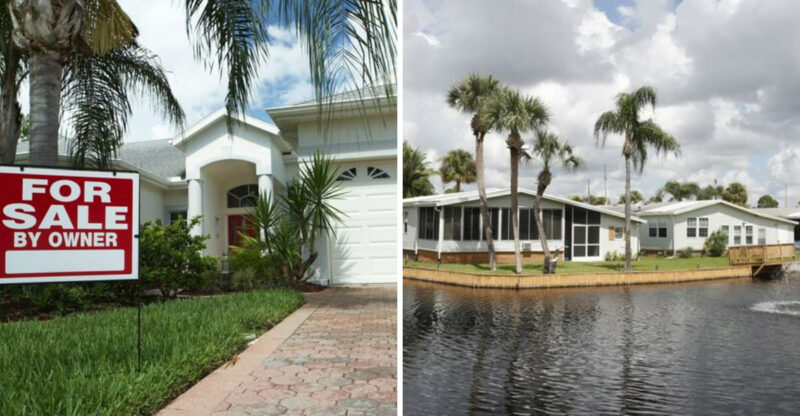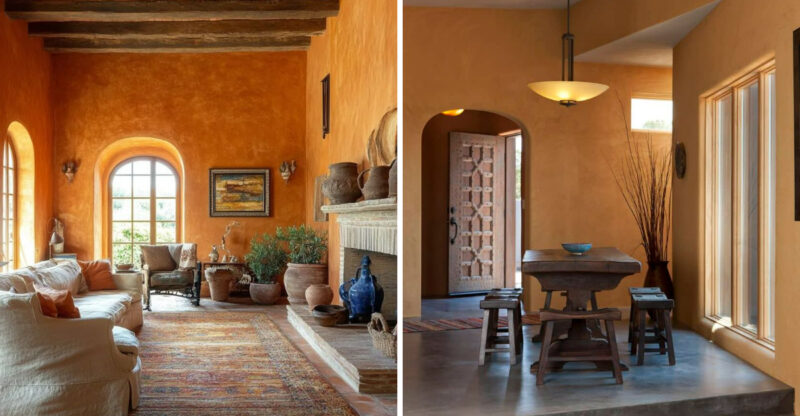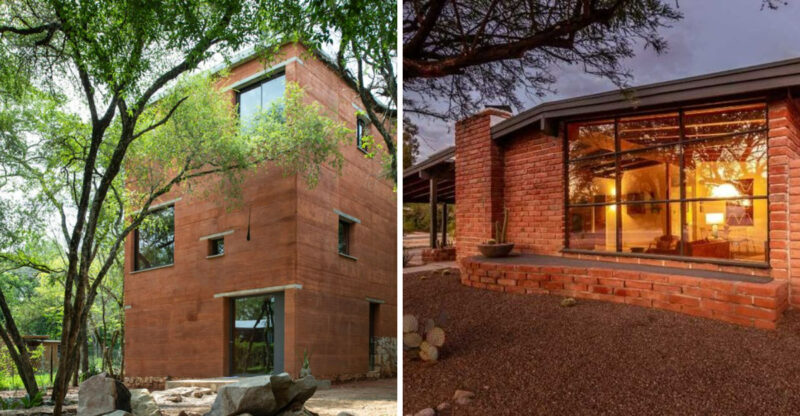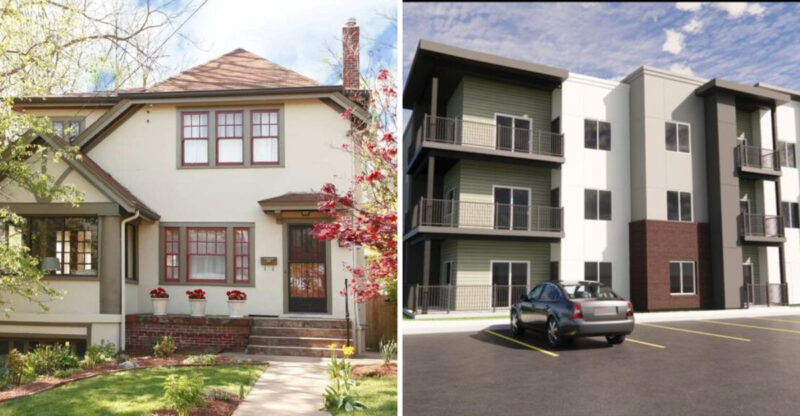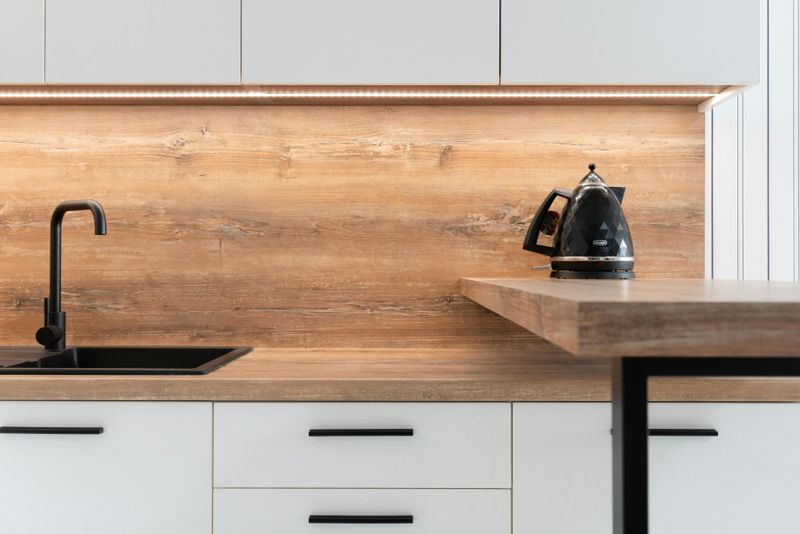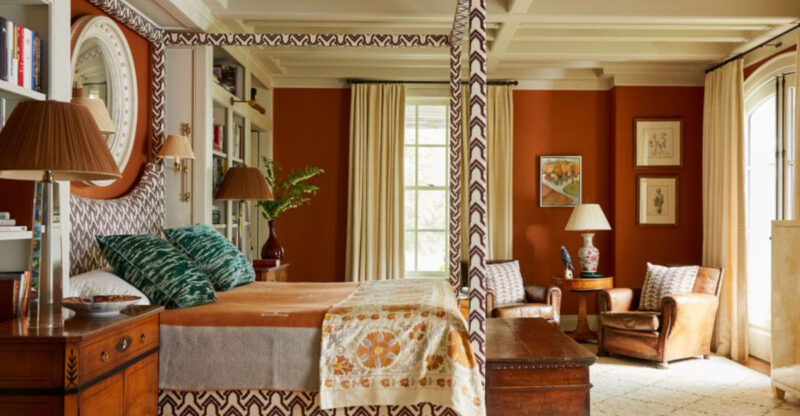5 Things Designers Say Might Age Your Living Room Quickly
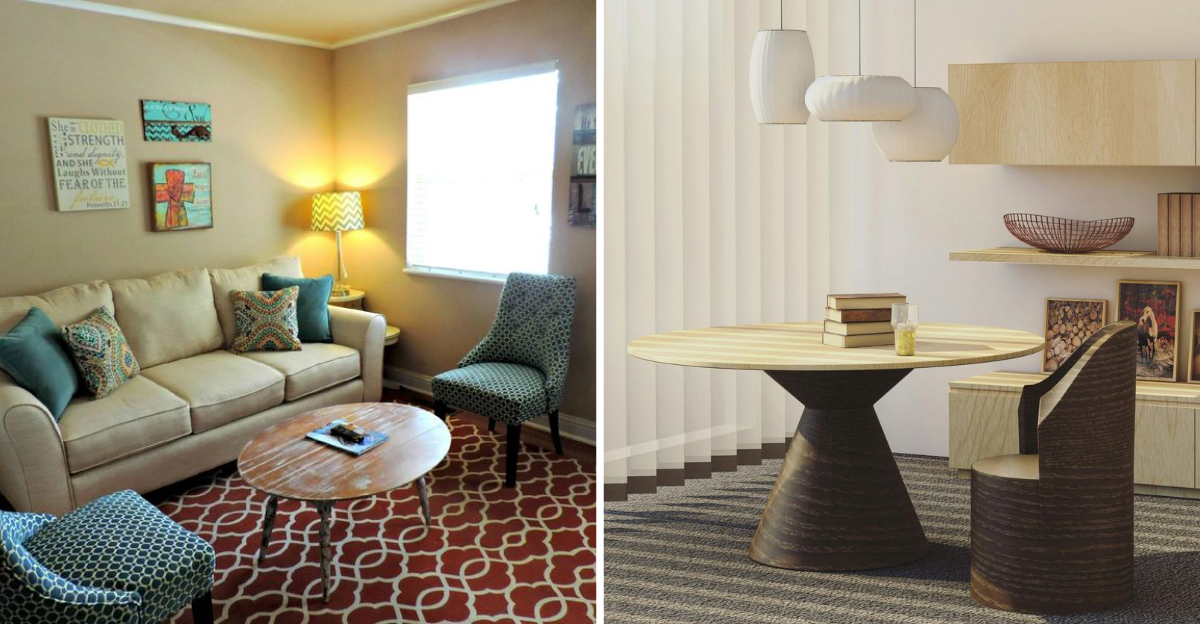
Your living room sets the tone for your entire home, serving as the space where you unwind, host friends, and make memories with loved ones.
However, some decorating choices whether it’s outdated furniture, mismatched colors, or poor lighting can make this central space feel older than it really is.
While these insights are drawn from professional interior design trends, the impact may vary depending on your home’s size, layout, and personal style.
1. Dark, Heavy Drapes That Block Natural Light
Heavy, dark drapery might have once signaled luxury, but today they’re making your living room look stuck in the past. Those thick, ornate curtains with tassels, swags, or valances create a formal, stuffy atmosphere that few modern homes embrace.
Natural light is a hot commodity in contemporary design. When blocked by heavy window treatments, rooms feel smaller, darker, and significantly more dated. The weight of these fabrics also collects dust more readily, making your space look and feel less fresh.
Lighter window treatments like simple panels, roman shades, or even bare windows with minimal treatment allow sunlight to become a design element. This brightens your space and creates an airy, updated feel that instantly modernizes any living room.
2. Going Overboard With Trendy Color Schemes
It was tempting to paint an accent wall bright turquoise when Pinterest said it was the color of the year! Unfortunately, following ultra-trendy color schemes too enthusiastically is a fast track to a dated-looking living room.
Those bold, of-the-moment colors that dominate your space can feel fresh for a season but quickly become time-stamped to a specific era. Remember avocado green from the 70s or the dusty mauve of the 80s? Today’s trendy colors will eventually follow the same path.
A more timeless approach uses trendy colors in smaller, easily changeable elements like throw pillows, art, or decorative objects. Keep walls, large furniture pieces, and permanent fixtures in neutral tones that can evolve with your style over many years without requiring a complete overhaul.
3. Cluttered Shelves Overflowing With Knickknacks
If your shelves and surfaces are packed with collections of figurines, souvenir spoons, or countless framed photos, designers say this cluttered look is making your living room appear stuck in time. The tendency to display every treasured item simultaneously creates visual chaos that feels distinctly outdated.
Excessive knickknacks collect dust, create a busy appearance, and make your space feel smaller and more crowded. When every surface is covered with objects, nothing stands out as special, and the overall effect can feel overwhelming rather than welcoming.
Modern living rooms embrace a more curated approach with intentional negative space. Try displaying fewer items with more breathing room between them. Rotate collections seasonally instead of showing everything at once. This selective approach highlights your favorite pieces while creating a fresher, more sophisticated look that won’t date your space.
4. Busy Patterned Area Rugs With Faded Glory
If your area rug features busy floral patterns, ornate medallions, or intricate traditional designs in faded colors, designers say it’s likely aging your living room. These once-popular styles often look worn and outdated, especially when they show visible wear paths or sun-faded sections.
Outdated rugs typically feature burgundy, forest green, and mustard yellow color schemes that immediately transport viewers back to the 90s. The overly busy patterns compete with other elements in your room instead of anchoring your space with purpose.
Modern living rooms benefit from simpler rug designs with cleaner patterns or subtle textures. Solid colors, geometric patterns, or natural fiber rugs create a timeless foundation that won’t need replacing when trends shift. They also make your space feel larger and more cohesive rather than chopped up by busy floor coverings.
5. Oversized, Chunky Coffee Tables Dominating The Room
Those massive coffee tables that were all the rage in the early 2000s are now making living rooms feel clunky and outdated. You know the type enormous rectangular blocks that dominate the center of your seating area, often with chunky legs and heavy proportions.
Large, bulky coffee tables can overwhelm your space and create awkward traffic flow. They often force people to squeeze around them just to take a seat. Plus, their sheer visual weight makes your entire room feel more cramped and less current.
Today’s fresher approach features lighter, more streamlined tables that allow for better conversation and movement. Consider nesting tables, glass-topped designs, or even a pair of smaller tables that can be rearranged as needed. This creates flexibility while updating your room’s overall look.

